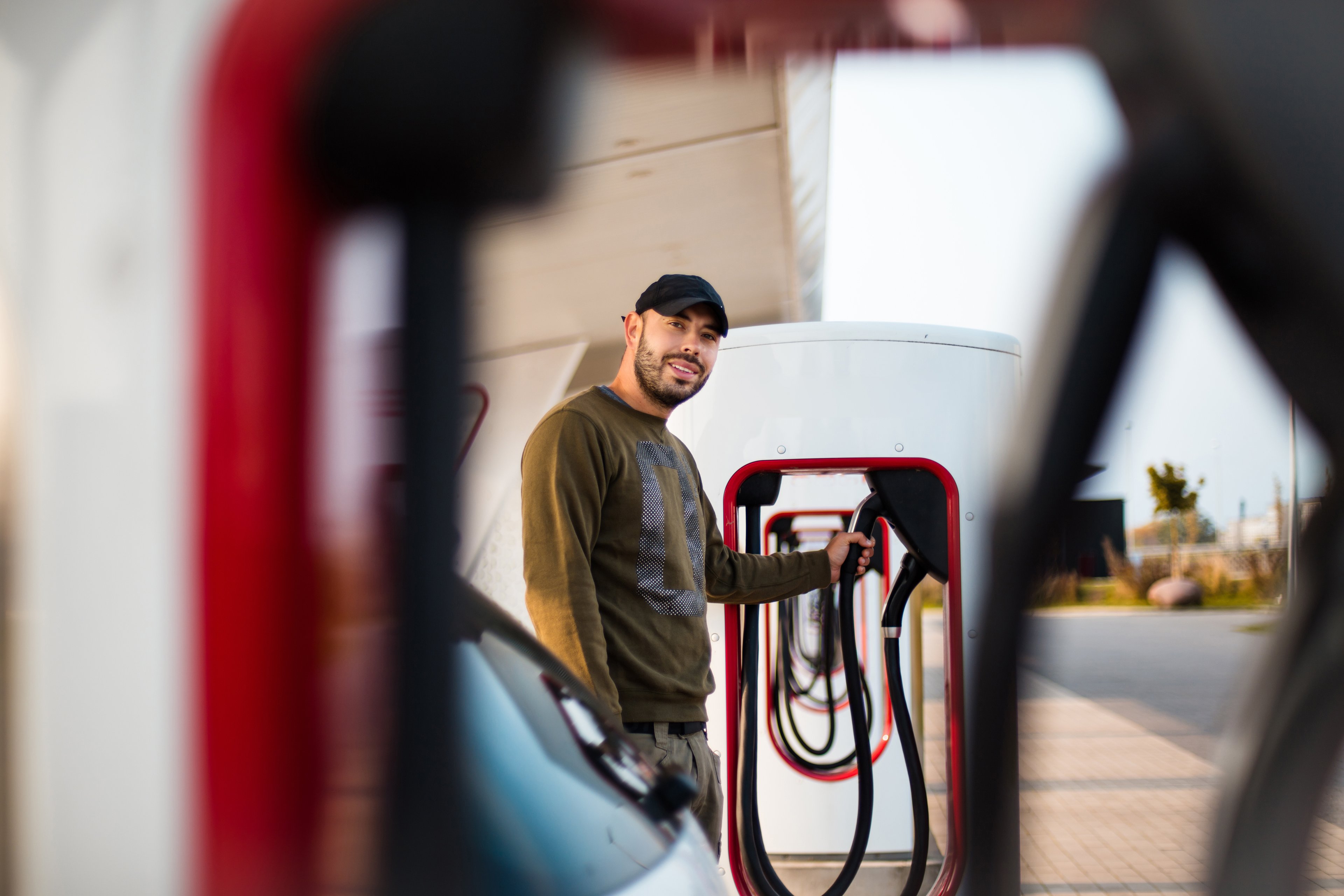In electric-car maker Tesla's (TSLA 0.24%) second quarter, both Model S and Model X sales fell sequentially. A pullback in quarterly Model S deliveries wasn't particularly surprising, as the model is more than three years older than the Model X. But the pullback in Tesla's Model X deliveries was unexpected.
Have Tesla's quarterly Model X deliveries peaked? Based on a look at some recent comments from Tesla and the company's recent transparency about order trends for the electric SUV, Model X sales should return to growth in Q3.

Model X. Image source: author.
Model X deliveries
Tesla started delivering its Model X in September 2015. After a slow start in the first few quarters of availability, production and deliveries soared. And by the fourth quarter of 2016, quarterly Model X deliveries were only a few thousand units behind Model S deliveries.
By the first quarter of 2017, Tesla's quarterly Model X deliveries hit a record high of 11,550, up 381% year over year and 21% sequentially. But Model X deliveries pulled back meaningfully in Tesla's second quarter when the company said it delivered about 10,000 units, down 13% sequentially.

Data source: Tesla quarterly shareholder letters and delivery updates. Chart by author.
Tesla blamed the pullback in Model X deliveries during the quarter on a production shortfall of 100 kilowatt-hour battery packs and a decision to add new Model X units to its fleet of service loaners and to its stores.
Returning to growth
Despite how significant Tesla's pullback in Model X deliveries was in Q2, Model X deliveries could jump meaningfully higher in the second half of the year.
Sure, solving its 100 kWh battery production constraint toward the end of its second quarter should play a role in helping Model X production and deliveries pick back up. But there's also good reason to believe growing demand could play a role, too.
Having more Model X display and test-drive units at stores could drive demand during the quarter. Before the company sent these Model X, its stores were "operating with far short of what was needed and, in some cases, none at all," Tesla said in its second-quarter update on vehicle deliveries. Test drives have always played a significant role in the electric-car maker's demand generation. Investors shouldn't underestimate the important role having enough test-drive and display vehicles can have on demand -- particularly for a unique vehicle like the Model X with its falcon wing doors.
Another potential catalyst for Model X deliveries during its third quarter could be Tesla's move to lower the price of the base version of its Model X.

Model X. Image source: Tesla.
Fortunately, Tesla has also given investors a straightforward look at how demand is faring for the vehicle. In its second-quarter shareholder letter, Tesla said orders for the Model X were increasing leading up to and after the company's July 28 Model 3 handover event. Further, Tesla said that toward the end of Q2 its weekly net order rate for Model S and Model X were 15% higher than the average weekly order rate for the two vehicles during the quarter -- a trend that may have been helped by Tesla's decision to send more test-drive and display units to stores.
While Model S sales may have trouble growing meaningfully in the second half of the year, Tesla seems particularly bullish on the Model X. "There appears to be substantial untapped sales potential for Model X," Tesla said in its second-quarter update on vehicle deliveries.
With all of this in mind, I believe Tesla could report Model X deliveries between 11,000 and 12,000 units for its third quarter -- about in line with the record Model X deliveries the company reported in Q1.
Tesla is slated to report its vehicle deliveries within three days of its third-quarter end, or anytime between Oct. 1 and Oct. 3.






